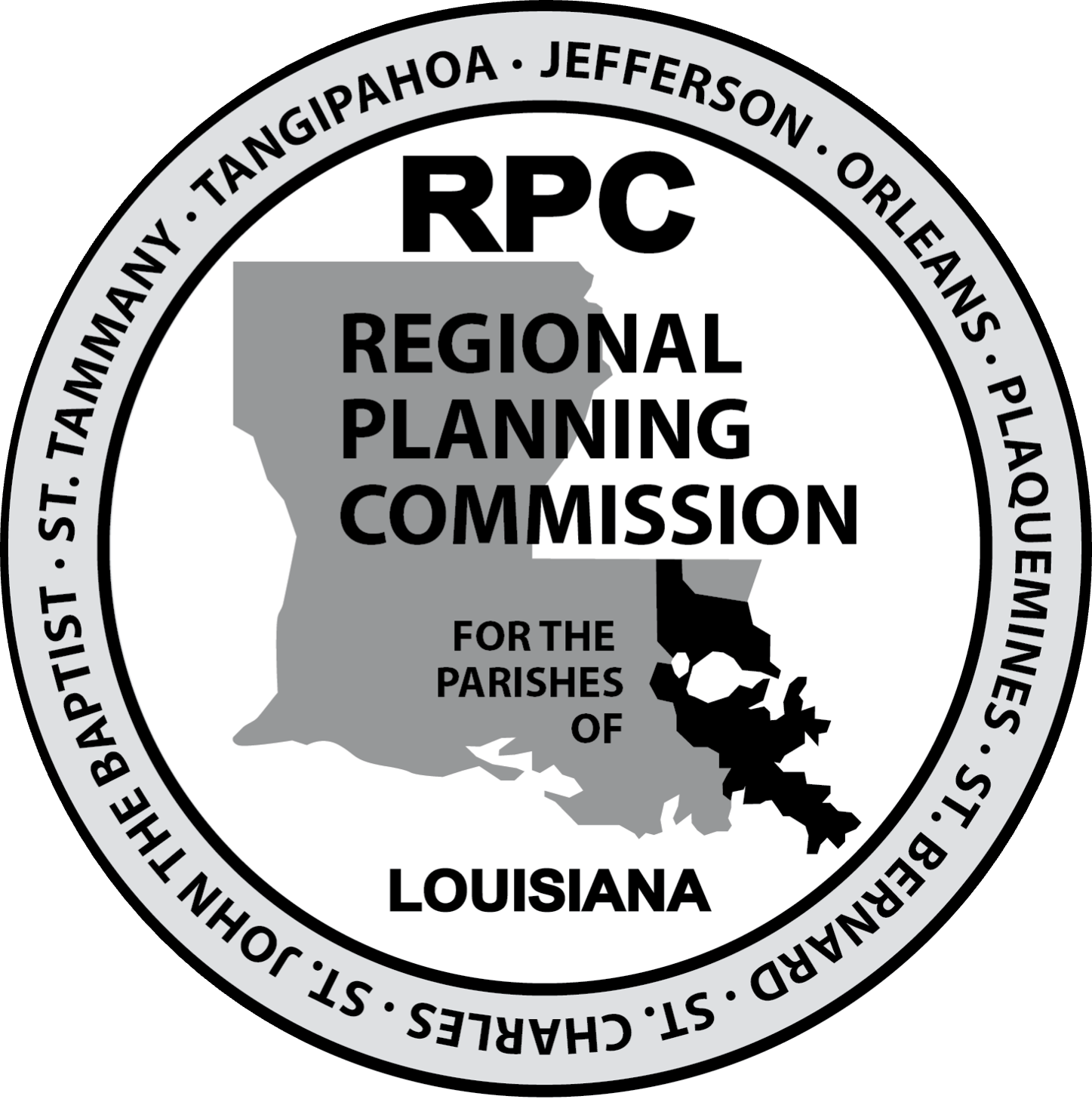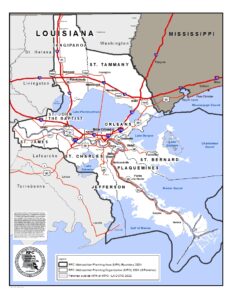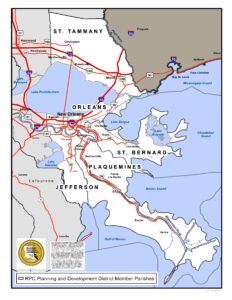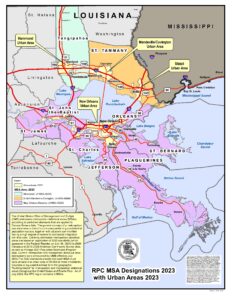Applied Community Statistics
RPC develops and provides data-driven insight into regional conditions across Southeast Louisiana. Using sources such as the U.S. Census the program tracks key community indicators—population trends, housing affordability, transportation access, and economic opportunity.
RPC, produces regionally scaled data frameworks including Title VI, NEPA Awareness, Social Vulnerability Index, and more. These measures help identify areas of need, monitor change over time, and support equitable planning and policy decisions across the region.
Economic
The RPC, as part of it’s Economic Development program develops regional economic frameworks using EMSI and other data sources to analyze industry composition, workforce trends, job density, and commuting patterns. These indicators help monitor economic change, identify growth opportunities, and support coordinated regional planning and investment strategies.
Environment
RPC, compiles regional data on land cover, vegetation, flood risk, coastal restoration, and more to better understand the natural systems that shape Southeast Louisiana. These indicators help track environmental change, support resilience and adaptation planning, and guide strategies that protect natural resources and enhance community sustainability.
